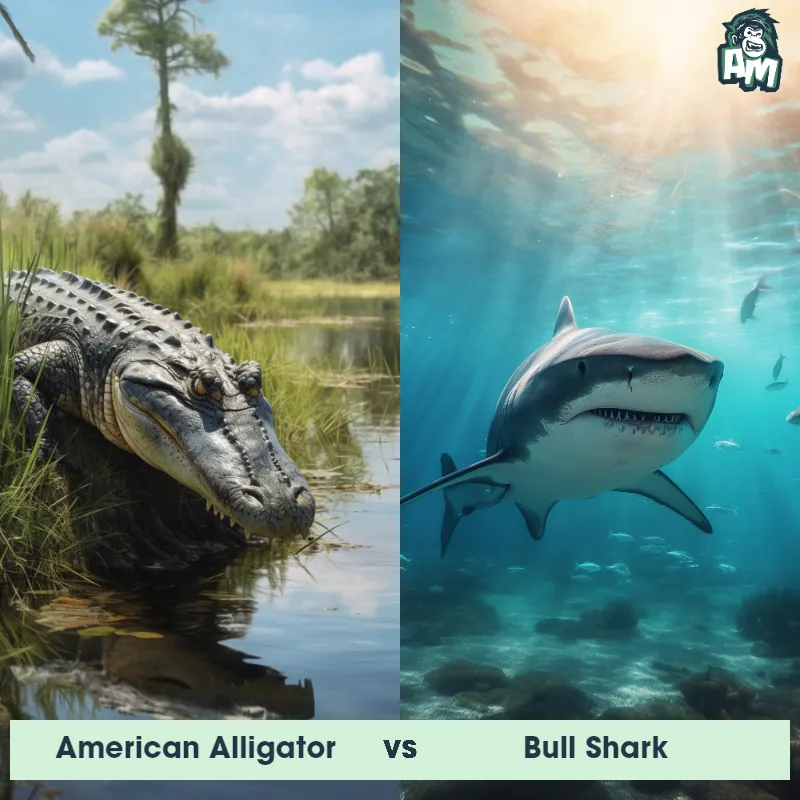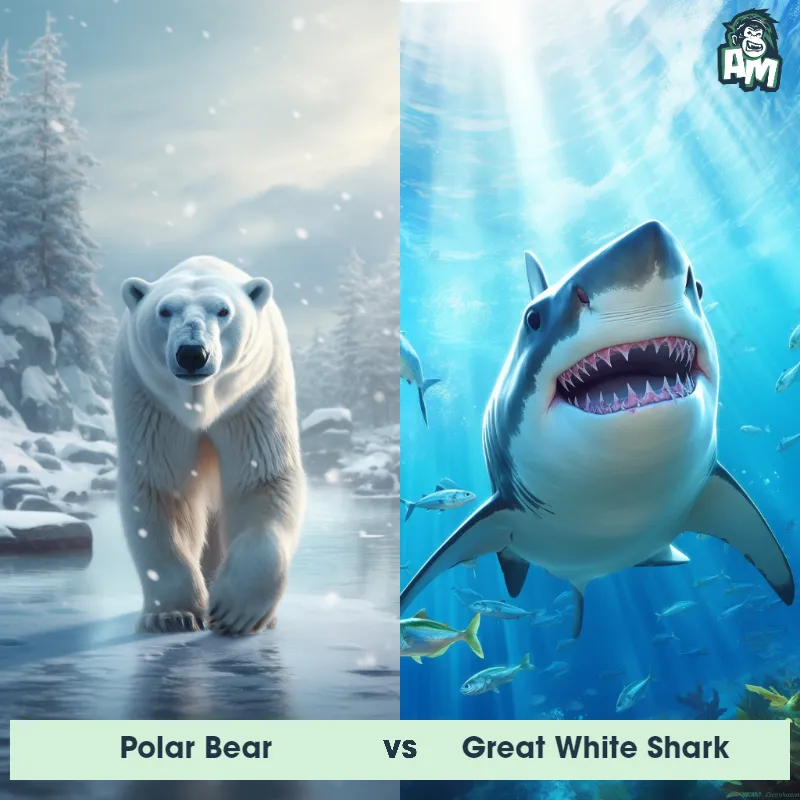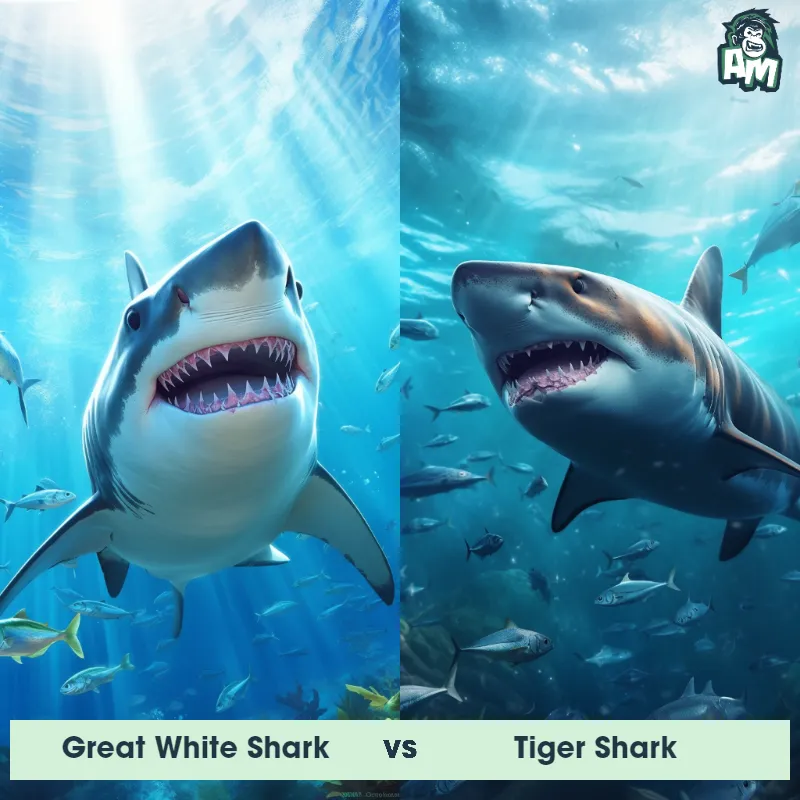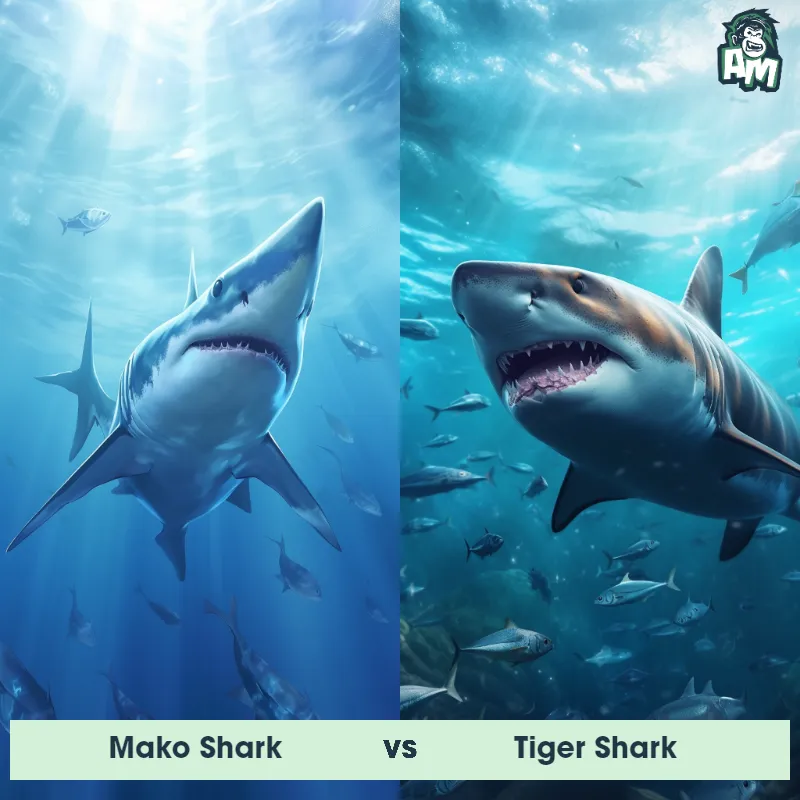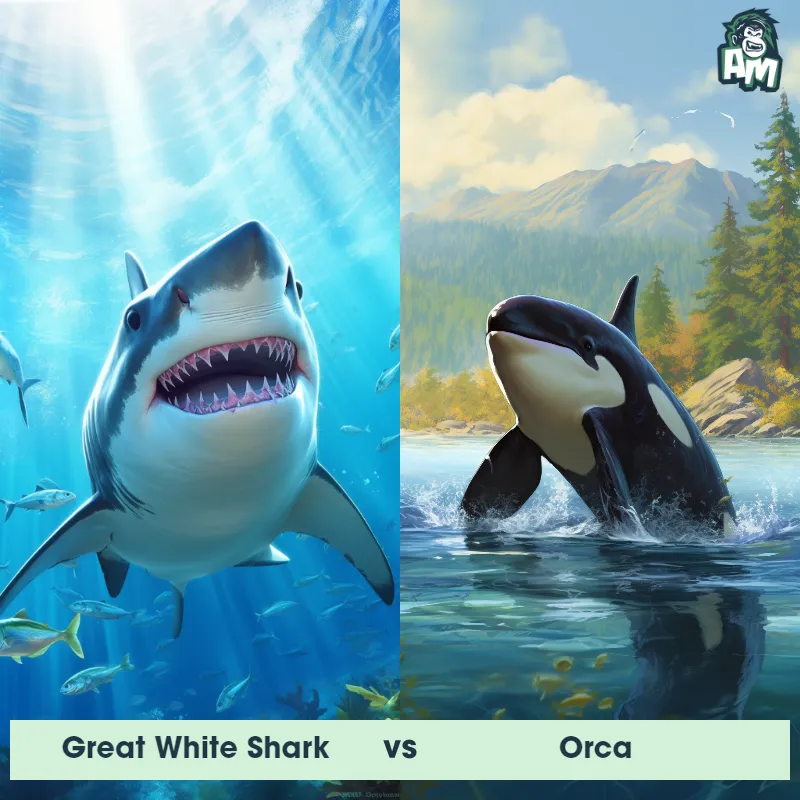Great White Shark vs Siberian TigerSee Who Wins
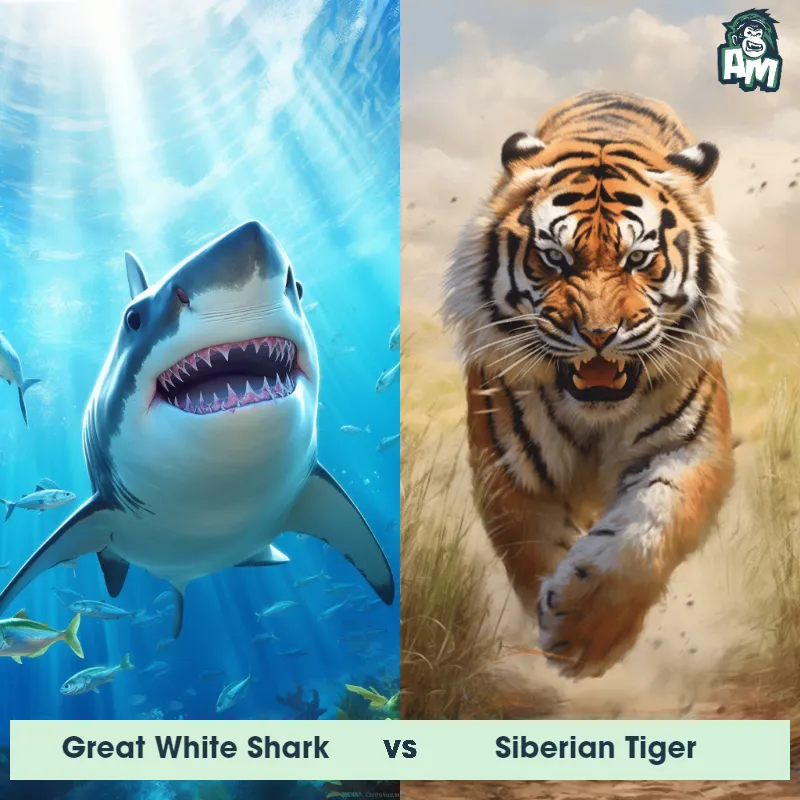
Ladies and gentlemen, welcome to this thrilling matchup between two legendary predators! In one corner, we have the mighty Great White Shark, armed with its razor-sharp teeth and powerful tail. And in the other corner, we have the ferocious Siberian Tiger, known for its speed and lethal claws. This is a battle of aquatic strength versus terrestrial agility, and we are about to witness an epic clash between these titans of the animal kingdom!
Contender 1: Great White Shark
The Great White Shark, also known as the white pointer or white death, is a large predatory fish that can grow up to 20 feet in length and weigh over 5,000 pounds. They have a distinctive torpedo-shaped body, grayish-brown skin, and rows of sharp teeth that can number up to 300. Great White Sharks are found in coastal waters all over the world and are known for their powerful jaws and ability to breach the surface of the water.
Fun Fact: Great White Sharks have a unique sense of smell that allows them to detect a single drop of blood in 25 gallons of water, which is equivalent to the size of an Olympic swimming pool.
Contender 2: Siberian Tiger
The Siberian Tiger, also known as the Amur Tiger, is the largest subspecies of tiger and can weigh up to 660 pounds. They have a distinctive orange coat with black stripes and a white belly. Their powerful legs and sharp claws make them excellent hunters, and they are known to prey on deer, wild boar, and even bears. Unfortunately, due to habitat loss and poaching, the Siberian Tiger is critically endangered with only around 500 individuals left in the wild.
Fun Fact: Despite their size and strength, Siberian Tigers are excellent swimmers and are known to swim across rivers and lakes in search of prey.
Matchup Stats
| Great White Shark | Siberian Tiger | |
|---|---|---|
| Size | Up to 20 feet (6.1 meters) | Up to 10 feet (3 meters) in length; up to 3.5 feet (1.1 meters) in height at the shoulder |
| Weight | Over 5,000 pounds (2,268 kilograms) | Up to 660 pounds (300 kilograms) |
| Speed | Speed: 25 mph (40 km/hr) | Speed: 50 mph (80.47 km/hr) |
| Key Strength | Powerful jaws and sharp teeth | Powerful legs and sharp claws |
| Biggest Weakness | Vulnerable gills and eyes | Vulnerable to poaching and habitat loss |
Current Votes
Great White Shark vs Siberian Tiger
See Who Wins
View More Matches
Looking For More?
Similar Matches
Scientific Stats
| Great White Shark | Siberian Tiger | |
|---|---|---|
| Scientific Name | Carcharodon carcharias | Panthera tigris altaica |
| Family | Lamnidae | Felidae |
| Habitat | Coastal waters | Forests and grasslands |
| Geography | Worldwide | Russia, China, and North Korea |
| Diet | Carnivorous, primarily seals and sea lions | Deer, wild boar, bears, and other large prey |
| Lifespan | 70 years - 100 years | 10 years - 15 years |
Key Differences between Great White Shark and Siberian Tiger
- Body Shape: The Great White Shark has a streamlined and elongated body with a large, symmetrical tail, perfectly evolved for swimming and hunting in aquatic environments, whereas the Siberian Tiger possesses a compact and muscular body with shorter limbs, adapted for agility and navigating through forests.
- Habitat: The Great White Shark is primarily found in marine ecosystems worldwide, inhabiting coastal areas and deep open oceans, while the Siberian Tiger is native to the boreal forests of Siberia, where it can endure extreme cold temperatures.
- Skin Texture: The Great White Shark's skin is rough with dermal denticles, giving it a sandpaper-like texture, which plays a crucial role in reducing drag during swimming. In contrast, the Siberian Tiger's fur is soft and dense, providing insulation against harsh cold climates.
- Coloration: The Great White Shark is known for its iconic grayish-white coloration on its dorsal side, blending in with the ocean depths, whereas Siberian Tigers display a vibrant orange coat with black stripes, aiding in their camouflage within forested habitats.
- Facial Features: The Great White Shark exhibits a large mouth with rows of sharp, serrated teeth designed for capturing and tearing its prey, whereas the Siberian Tiger has a more elongated snout with sharp teeth for gripping and killing its prey efficiently.
- Size: The Great White Shark is significantly larger than the Siberian Tiger, with adult males reaching lengths of up to 20 feet, while Siberian Tigers average around 10 feet in length.



